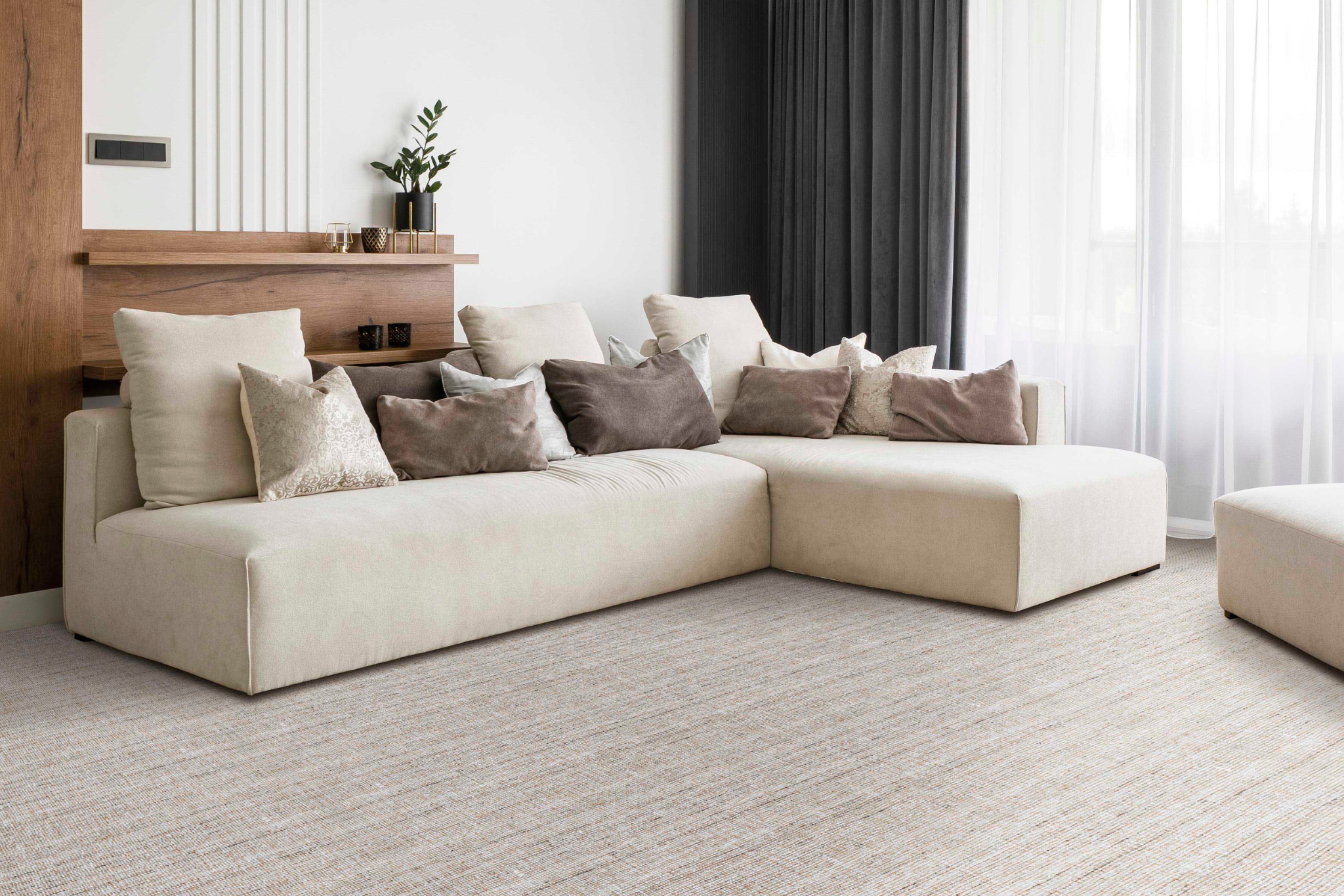
Process and Benefits of Creating Custom Broadloom Rugs
The journey of a custom broadloom rug begins with the design phase. This stage is crucial as it sets the foundation for the entire project. Designers work closely with clients to understand their vision, preferences, and requirements. This collaborative effort ensures that the final product aligns with the client's expectations. During this phase, various elements such as color schemes, patterns, textures, and dimensions are discussed and finalized. Clients often bring inspiration from existing decor, personal tastes, or specific themes they wish to incorporate into the rug design. Designers may create several drafts, incorporating feedback and adjustments until the client is satisfied with the proposed design.
Once the design is approved, the next step is selecting the appropriate materials. The choice of materials significantly impacts the rug's appearance, durability, and feel. Natural fibers like wool and silk are popular choices for their luxurious feel and longevity, while synthetic fibers like nylon and polyester offer durability and stain resistance. The selection depends on factors such as the intended use of the rug, the desired texture, and the client's budget. In some cases, a blend of materials is used to achieve specific characteristics.
With the design and materials finalized, the manufacturing process begins. This involves several intricate steps, starting with dyeing the fibers. Accurate dyeing is essential to achieving the desired colors and patterns in the rug. Advanced dyeing techniques ensure that the colors are vibrant and resistant to fading. After dyeing, the fibers are prepared for weaving. This involves spinning the fibers into yarns of the required thickness and strength. The quality of the yarns plays a crucial role in the final texture and durability of the rug.
Weaving is the core stage of rug manufacturing. It can be done using traditional hand-weaving techniques or modern machine weaving, depending on the complexity of the design and the production scale. Hand-weaving, while time-consuming, allows for intricate patterns and a high level of craftsmanship, making it ideal for bespoke designs. Machine weaving, on the other hand, is efficient and can produce consistent results, making it suitable for larger projects. The choice between hand-weaving and machine weaving is made based on the design complexity, time constraints, and budget considerations.
After weaving, the rug undergoes several finishing processes. These include washing, shearing, and binding. Washing removes any residual dyes and softens the fibers, enhancing the rug's texture. Shearing is the process of trimming the rug's surface to achieve an even pile height, contributing to its overall appearance and feel. Binding involves securing the edges of the rug to prevent fraying, ensuring the rug's longevity and durability.
Quality control is a critical aspect of the manufacturing process. Each rug is meticulously inspected for any defects or inconsistencies. This ensures that the final product meets the highest standards of quality and craftsmanship. Any necessary adjustments or repairs are made at this stage to ensure that the rug is perfect before it reaches the client.
The benefits of custom broadloom rugs extend beyond their aesthetic appeal. One of the primary advantages is the ability to create a rug that perfectly fits the dimensions and style of a specific space. This level of customization is particularly beneficial for unique or irregularly shaped rooms where standard-sized rugs may not be suitable. Custom broadloom rugs can be tailored to complement existing decor, creating a cohesive and harmonious look.
In addition to their aesthetic benefits, custom broadloom rugs offer practical advantages. Clients can choose materials that align with their specific needs, whether it's enhanced durability for high-traffic areas, stain resistance for households with pets and children, or luxurious textures for more formal settings. This flexibility ensures that the rug not only looks beautiful but also performs well in its intended environment.
Another significant benefit of custom broadloom rugs is their ability to reflect personal style and taste. Unlike mass-produced rugs, which are often limited to standard designs and colors, custom rugs allow clients to express their individuality. Whether it's a specific color palette, a unique pattern, or a combination of textures, custom broadloom rugs offer endless possibilities for personalization. This makes them a valuable addition to any interior space, adding a touch of elegance and sophistication.
The process of creating custom broadloom rugs also supports the preservation of traditional craftsmanship. Many custom rugs are made using time-honored techniques passed down through generations. By choosing custom rugs, clients contribute to the continuation of these artisanal skills, supporting local artisans and their communities. This aspect of custom rug production adds an element of cultural significance and heritage to the final product.
Furthermore, custom broadloom rugs can be a sustainable choice. Clients have the option to select eco-friendly materials and manufacturing processes that minimize environmental impact. This includes using natural dyes, biodegradable fibers, and sustainable weaving techniques. By prioritizing sustainability in the design and production process, custom broadloom rugs offer an environmentally conscious alternative to mass-produced options.
The process of creating custom broadloom rugs involves a meticulous and collaborative effort between designers, clients, and skilled artisans. From the initial design phase to the final finishing touches, each step is carefully executed to ensure the highest quality and satisfaction. The benefits of custom broadloom rugs are manifold, including precise fitting, personalized design, enhanced durability, and support for traditional craftsmanship and sustainability. These unique attributes make custom broadloom rugs a valuable and distinctive addition to any interior space, offering both aesthetic and practical advantages that are tailored to individual preferences and needs.
